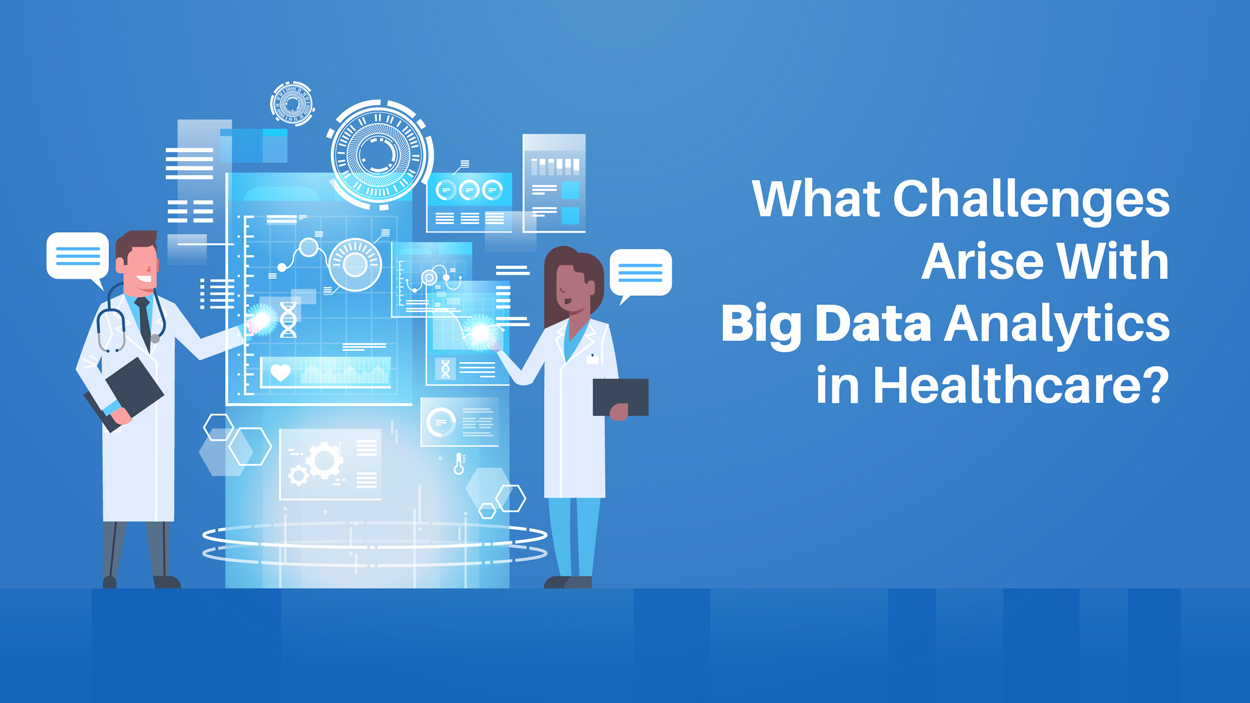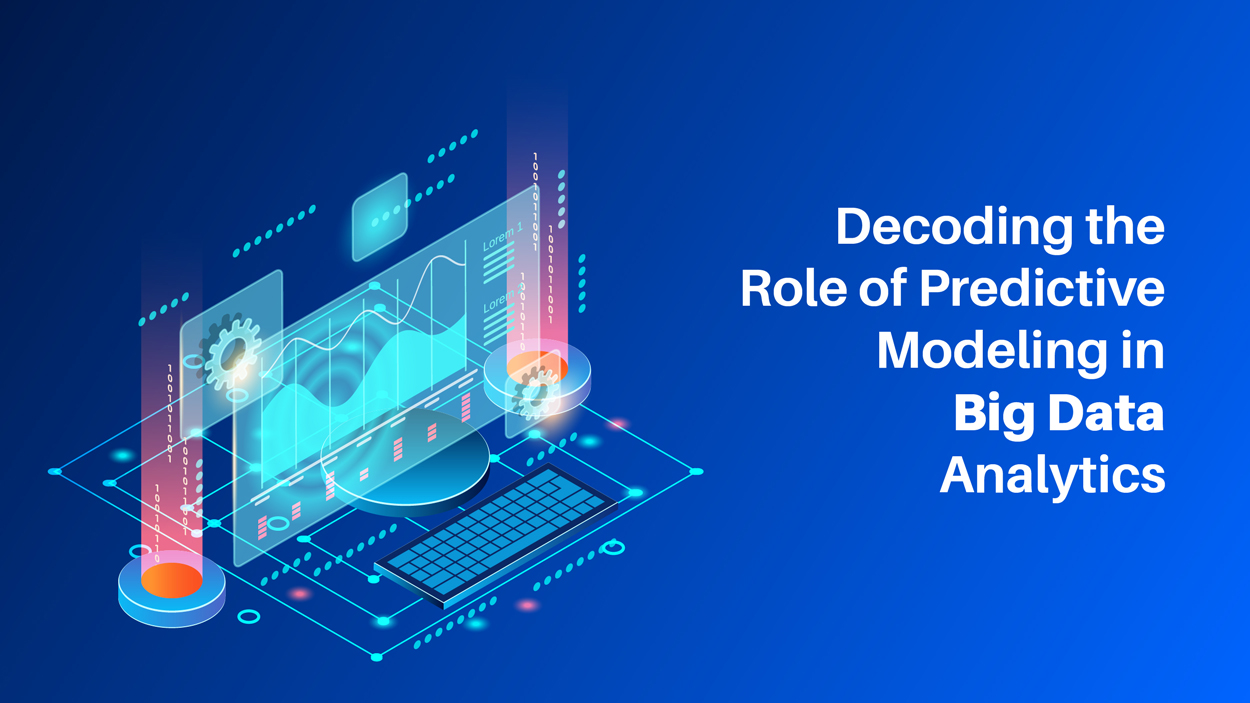Big data in healthcare refers to the gathering, examination, and use of consumer, patient, physical, and clinical data that is too large or complicated to be understood by conventional data processing techniques. In contrast, data scientists and machine learning techniques are frequently used to process huge data.
The growth of value-based care and the digitization of medical records has prompted the industry to employ data analytics to influence strategic business choices, which has led to the advent of big data in healthcare. Health systems must employ technology capable of gathering, storing, and analyzing this data to provide actionable insights in order to address the issues of healthcare data, such as volume, velocity, variety, and authenticity.
Why is Big Data Important for Healthcare?
Big data has gained importance in healthcare as a result of three significant changes in the sector: the large amount of data that is now available, rising healthcare expenditures, and an emphasis on consumption. big data analytics in healthcare empowers health systems to seize these chances to deliver individualized patient journeys and top-notch treatment.
Given below are the factors explaining why big data analytics in healthcare is critical.
- Rising Volume of Healthcare Data: As medical records moved from paper to digital format, the volume of virtual data that health organizations had to manage sharply increased. Numerous sources of data, besides electronic health records (EHRs), include wearable technology, smartphone applications, digital marketing initiatives, social media, and more. All of this results in an enormous amount of data, which motivates health institutions to use big data systems and technology to efficiently gather, examine, and utilize this data.
- Increasing Healthcare Costs: Over the past 20 years, healthcare spending in the US has increased significantly. In today’s world, healthcare costs amount to $3.4 trillion, or nearly 18% of GDP. Government restrictions and personal choices both play a role in this. This calls for big data analytics in healthcare as healthcare organizations will discover tangible ways to boost productivity and efficiency through the collection and analysis of vast volumes of data. This encourages improved patient satisfaction as well as your capacity to expand market share.
- The need for Personalised Care: Consumers across all industries desire excellent convenient, and personalized service, a phenomenon that retail industry executives have called “The Amazon Experience.” The same applies to healthcare. Customers desire quick, individualized care, and health systems must meet this new standard. The three main goals of this new care paradigm are quality, engagement, and retention. Big data analytics in healthcare is being used to give the insights required to support this level of personalization.
What Challenges Arise With Big Data Analytics in Healthcare?

Sorting and prioritizing data is one of the biggest problems with big data analytics in healthcare. Since there are so many data possibilities, it can frequently be challenging to decide which data points and insights are useful. As a result, many businesses use artificial intelligence (AI) or machine learning to handle this data very quickly.
Making sure the relevant individuals have access to big data insights and analysis so they can operate effectively is another difficulty. Despite the fact that healthcare data is gathered from numerous platforms, organizations must ensure that key employees in the sector have full access to the data.
Heterogeneous or incomplete claims data present a variety of big data analytics in healthcare. Each healthcare organization that files claims does so using information from other Hospital Information Systems (HIS) or input from hospital staff at the time of the encounter, which adds increases the complexity of the data. When all the ambulatory locations or service kinds are taken into account, the data gets much more complicated.
Data is frequently quite “noisy” and practices, groups, and even service line specialties might be inconsistent. Billing systems are fragmented and out-of-date. Data should not replace relationships and targeted outreach to physicians; rather, it should be taken into account with your local geographic market knowledge.
Patients do not have a unique patient identifier; otherwise, data matching would not be necessary. Data matching tools are necessary to find these data anomalies and combine the appropriate patient claims till then.
Uncertainty in diagnosis and procedure codes – Even industry-standard grouper tools might misrepresent or obfuscate doctor behavior. The patients must support directional data and learn to use it because it is difficult to obtain perfect data and ideal insights.
How can big data analytics improve healthcare outcomes and reduce costs?
There are numerous ways that big data analytics in healthcare might boost medical results and cut costs.
Big data, according to experts, has the potential to save the US economy around $300 billion annually in healthcare costs while increasing value.
Big data analytics in healthcare helps personalize treatment approaches, improve clinical results, and uncover risk factors for chronic disorders by analyzing huge and complex healthcare data sets to find patterns and linkages that can assist predict future outcomes. Better overall outcomes and cheaper cost healthcare are also possible outcomes of this. The use of big data analytics can also assist prevent disease by improving health outcomes through the use of personalized treatment, as well as lower hospital readmission rates by identifying individuals with particular diseases and symptoms that result in readmission.
Big data analytics has the potential to revolutionize healthcare by offering insightful data that can enhance patient outcomes and save expenses.
US case study: Using big data analytics, the post-surgical death rate in Michigan was lowered by 67%. Furthermore, until 2025, big data healthcare in the US will expand at a compound annual growth rate of 36%.
What is the Relationship between EHR and Big Data Analytics?
Electronic health records (EHRs): Digitising medical records can result in significant savings, which is one of the key advantages of data analytics in the healthcare industry. EHRs produce a large amount of data due to the abundance of clinical data they hold. Administrative and diagnostic patient information updated in real-time for each interaction makes up the data gathered in EHRs. EHR offers details on procedures, demographics, length of stay, and costs in particular. EHRs also raise the standard of care since they can provide alerts and reminders for diagnostics.
Decoding the Role of Predictive Modeling in Big Data Analytics

The goal of predictive modeling in big data analytics in healthcare is to analyze huge and complicated healthcare data sets to find patterns, trends, and relationships that may be used to forecast future outcomes. This is done by using advanced statistical techniques and machine learning algorithms. It can be applied to personalize treatment approaches, enhance clinical outcomes, and detect risk factors for chronic illnesses. Predictive modeling can have a big impact on the healthcare industry by reducing attrition rates and resulting in a leaner, quicker, and more focused drug R&D pipeline. Figuring out the best treatments for individual patients also makes possible personalized medicine. Modeling and predictive analytics are legitimate analytical techniques for big data in healthcare and are currently having a significant impact on patient outcomes and healthcare expenditures.
Future of big data analytics in Healthcare
Although it is still in its infancy, healthcare analytics has the potential to revolutionize healthcare decision-making and enhance patient care. Healthcare analytics will probably be used much more in the future as more data becomes available and analytical technologies advance.
Additionally, the use of big data analytics in healthcare to forecast patient compliance and engagement will significantly rise in the next years. This is crucial for properly managing long-term conditions.




